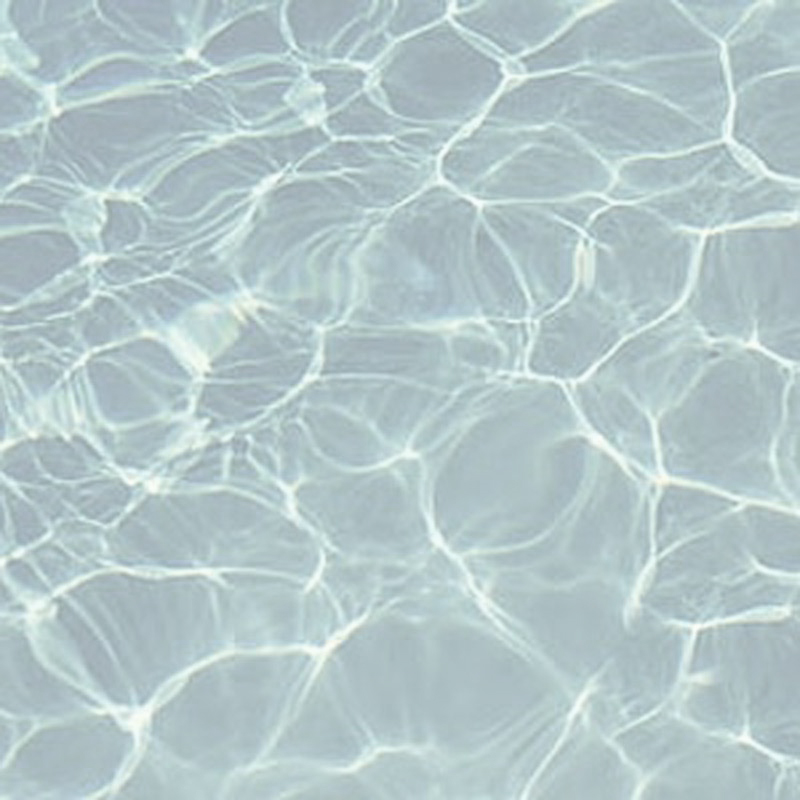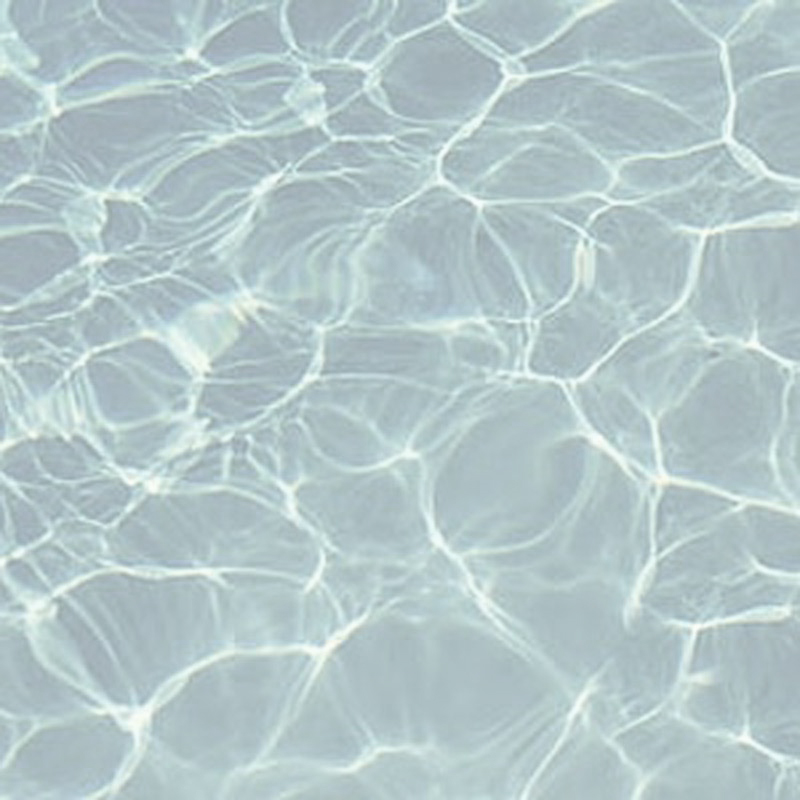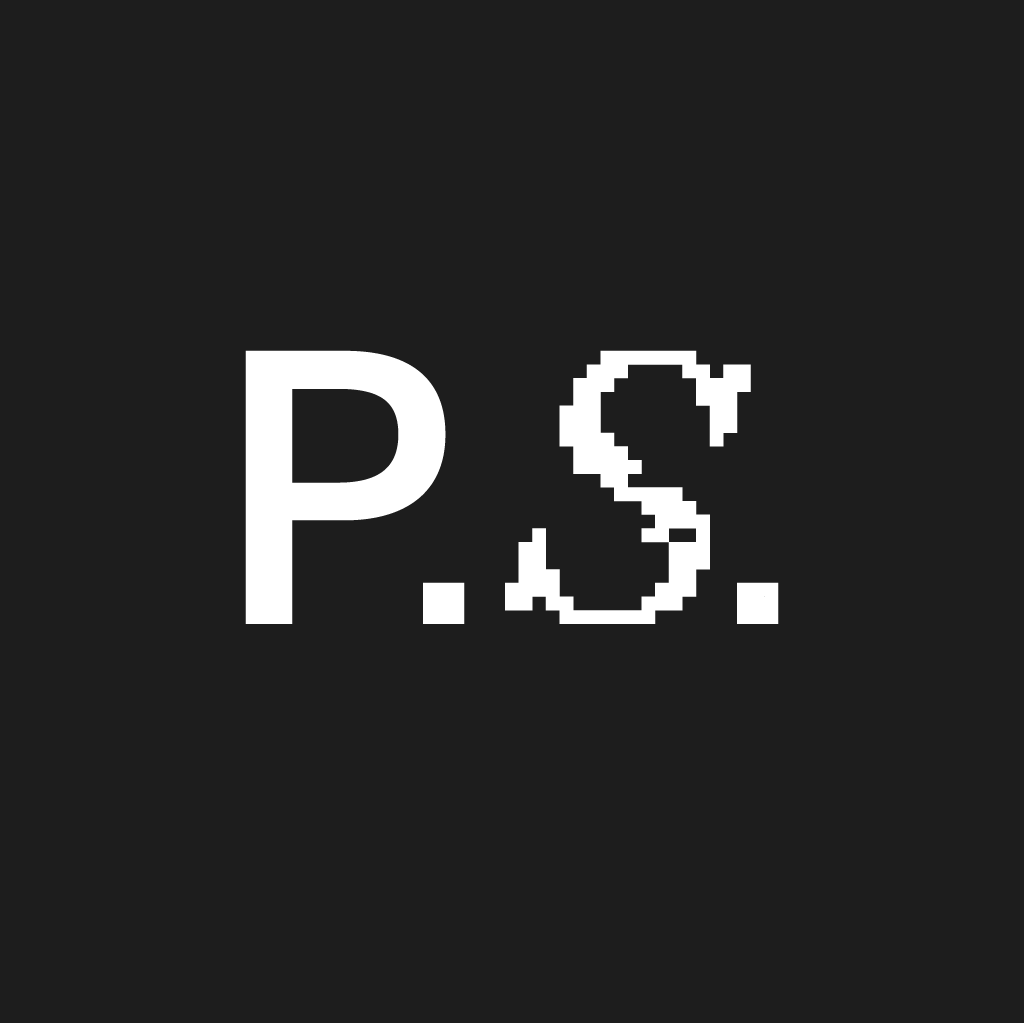


Sometimes science really lives up to its reputation for mastering nature: researchers at the EPFL Switzerland have computerised the way light shimmers off pools of water, which means any transparent object can now create an image when illuminated!
This may sound a little unremarkable at first. But what's different in this case to say, stencilling an image onto glass and positioning a projector behind it is this method programs the curvature of the glass (or any transparent material) to produces an image. No image is etched in relief on the glass, as in the portrait of Alan Turing above. Instead the researchers produced an algorithm which can determine the material properties and dimensions necessary to generate an image. This was possible due to exhaustive research into the aforementioned light shimmering reflections, a phenomena of light refraction known as caustics.
As Mark Pauly notes, the creative possibilities are exciting: by computationally mastering light they've added a new layer of creative malleability to an existing (and widely used) medium. We hope that creative architects somewhere integrate these possibilities with transparent concrete ASAP! And that's to say nothing of the fact that any bottle could communicate photographically with technology like this.



Discussion